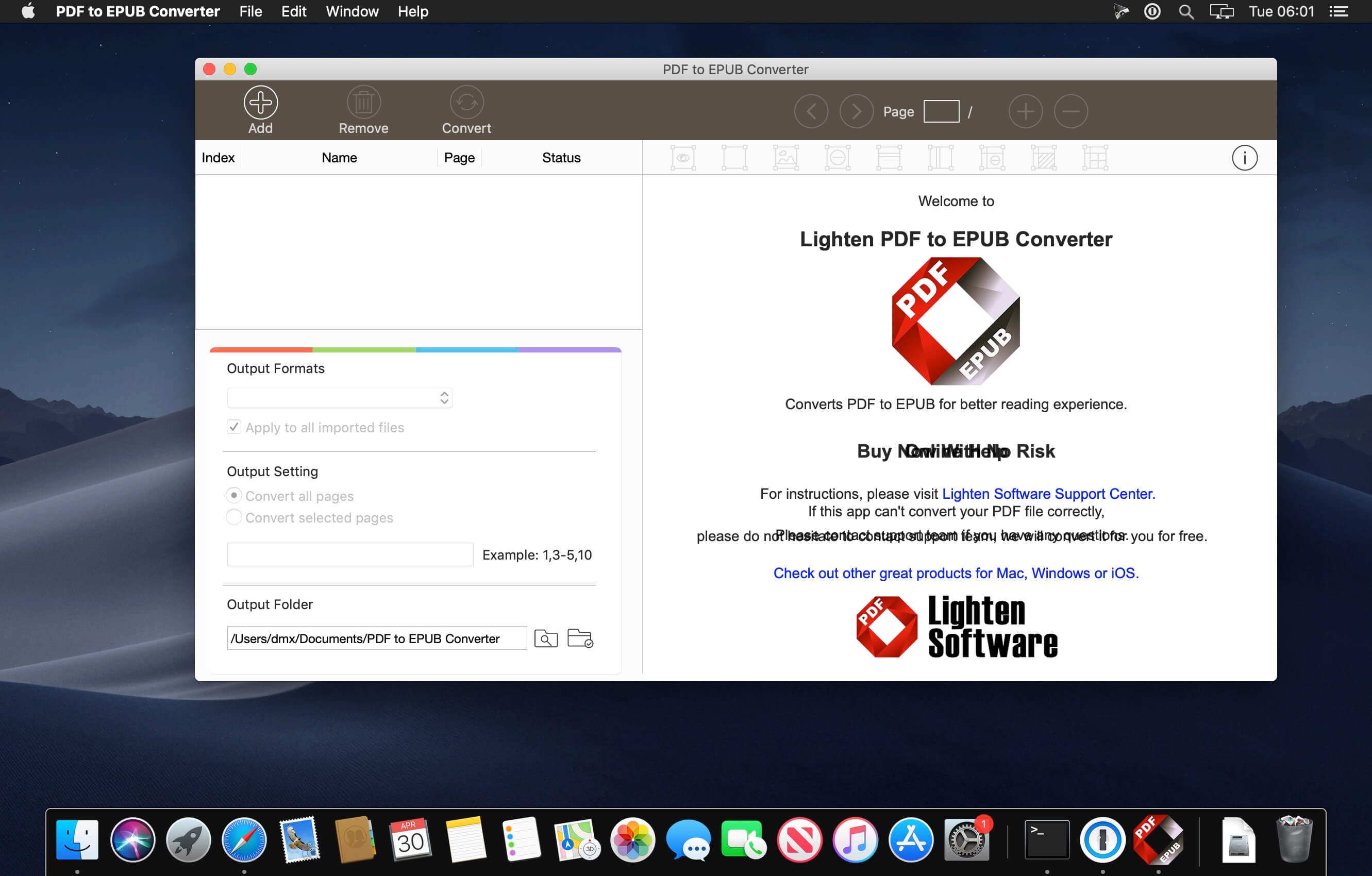
It is optimized to create HTML content that balances accuracy of the source material, while not overburdening the browser. Our new PDF to HTML conversion in PDFNet allows for the creation of fixed layout HTML content. Like before, use NAPS2 to get all the images in a folder, compress them with Caesium, then use NAPS2 again to get a PDF (with optional OCR) that should be markedly smaller in size without looking worse.Want to create high quality, fixed layout EPUBs from a PDF? Or simply want to show a PDF file in the browser, taking full advantage of the power of HTML and the browser? Or maybe you just want a simple way to integrate PDF viewing into your web application, without the need for any plugins. There's a bunch out there, and you can use something like Free PDF Compressor for a one-click solution, but I find Caesium image compressor to be one of the best ways to shrink down images. Then, NAPS2 for ocr and calibre for epub.įinally, if your pdf is mostly images, you'll want a compressor instead. If you use NAPS2 to split the PDF into images, then you can use ScanTailor to crop the document down to just the contents of the page (ScanTailor does a lot of work automatically, so this sounds a lot more intensive than it is). If your pdf has headers and page numbers, they'll turn into a mess when you make an epub. I'd recommend using a tool like NAPS2 (you can drop PDF files in and it'll treat them like freshly-scanned images) and enable OCR to export a file with searchable text. If you're converting a scanned PDF that's mostly text (like a novel), you'll want to use OCR to get the text information out of it first. The results might be fine, or they could be messy.


If you're converting a PDF with searchable text (ie, not scanned), go ahead and run it through Calibre. They're more involved, but if you go any of these ways, you should come out with something a lot more manageable and less broken than a quick conversion. Converting PDF to anything else can be nasty, so I'll offer some additional suggestions.


 0 kommentar(er)
0 kommentar(er)
